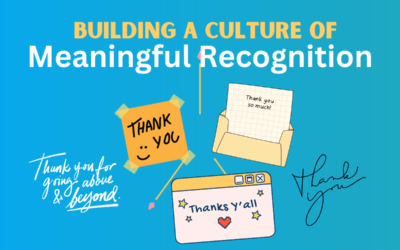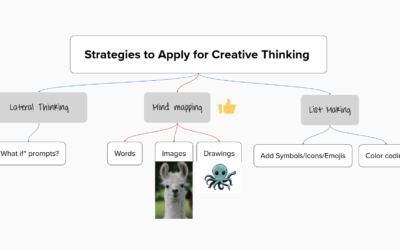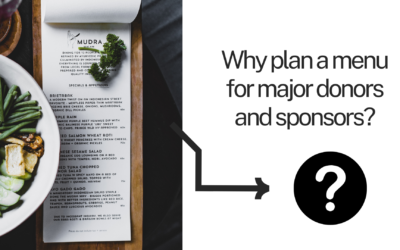Imagine you are in a team meeting having a productive conversation when a colleague puts on the breaks with an off-topic idea which leads to comments and side conversations from the rest of the team. These off-topic conversations and side agenda items may be useful, and the best way to capture them is to use a parking lot. The concept of the parking lot as a meeting tool is familiar to many of you. This is a space where off-agenda items are captured and written down for reference at a later time. Do you ever find that “a later time” may never arise as projects take precedence and the parking lot items move to long-term parking? Here are a few suggestions on how to drive an idea from the parking lot to a final destination.
Create a Road Map: Making a Plan
When an idea lands in the parking lot, creating a roadmap to navigate it toward realization is necessary. Start by defining a clear objective and outlining the steps needed to achieve them, breaking down the idea into manageable tasks. (Does this sound familiar? i.e., a work plan) Assigning tasks and responsibilities to a co-pilot will help drive the project forward and allow for accountability. Establish timelines and prioritize tasks to keep the momentum going.
Maintaining the Speed Limit: Bite-sized Pieces
To avoid overwhelming yourself and your team, tackle the idea in bite-sized pieces. Break down the roadmap into smaller tasks or milestones that can be accomplished within a predefined timeframe. Assigning 30 minutes weekly over six weeks to a parked item may be all you need to move it forward. By focusing on one step at a time, progress can be made without feeling rushed or stressed.
Checking the Odometer: Deadlines & Milestones
Regularly check the odometer- the speed at which the project is progressing. Maybe you need more time per week or more weeks to get to your destination. Set specific checkpoints to monitor progress and adjust the roadmap if necessary. Acknowledge your progress along the way, notice the landmarks and scenery, and know you are moving forward.
Rest Stops & Gassing Up: Allowing Space to Think
Just like a long road trip, breaks for rest and refueling are necessary. Give yourself and the team space to think. Sometimes, a reset is needed. Consider some brainstorming, communication, and collaboration at this point can add to the tank if momentum is slowing. It is also okay to take a car nap.
Road Construction & Detours: Have the Flexibility to Make Changes
Unexpected challenges or opportunities may arise. We can’t plan for a detour, but we can stay open-minded and flexible to adapt to a change in course if needed. If you find yourself facing road construction, have patience and turn the radio up!
Driving an idea from the parking lot to a final destination requires a roadmap, milestones, refueling, and flexibility on the journey. A successful road trip from point A to point B is achievable if you plan ahead – don’t forget to pack road snacks and obey the speed limit!






